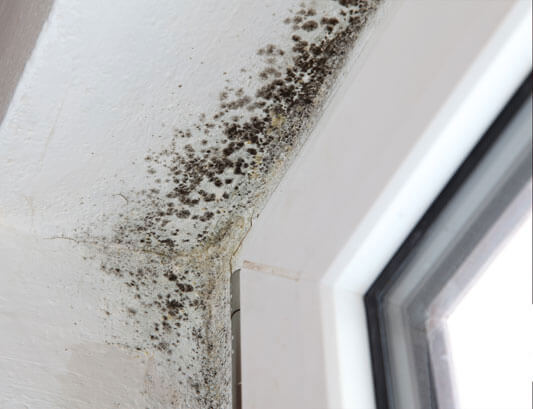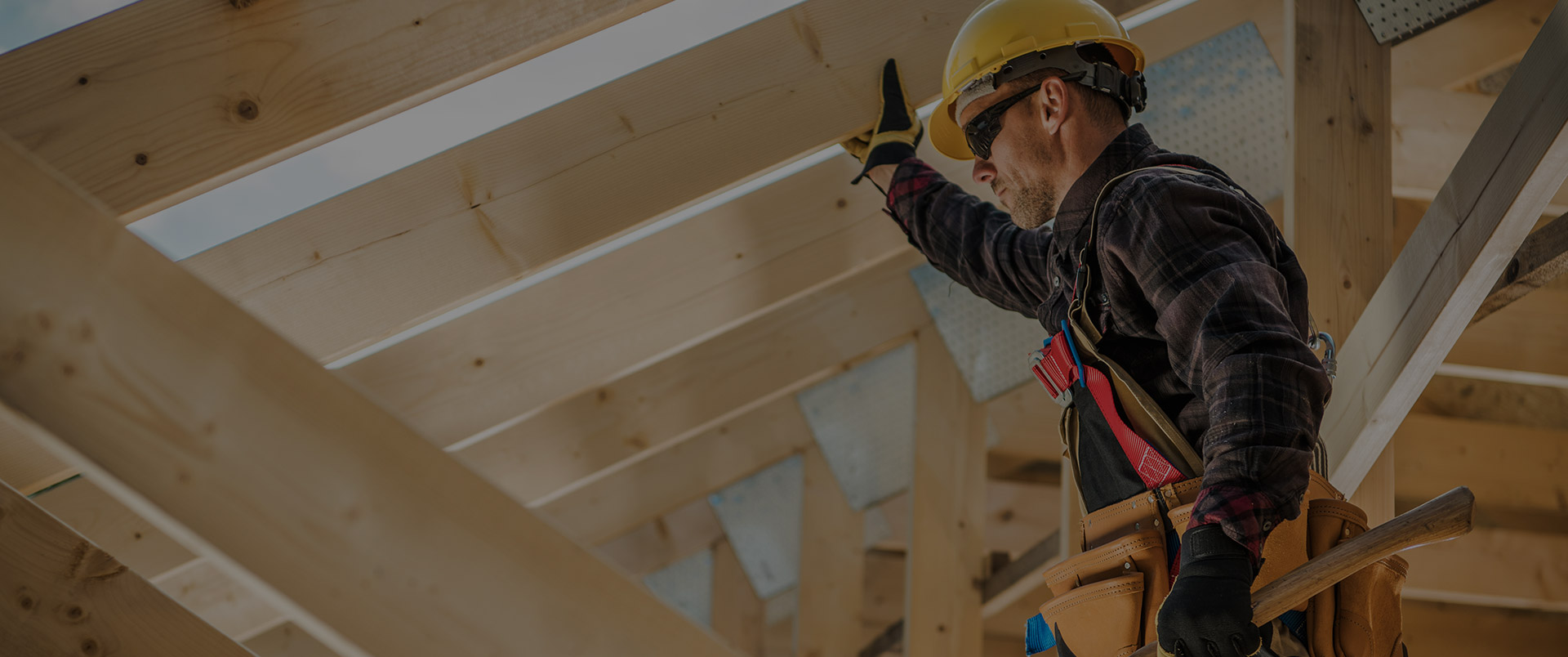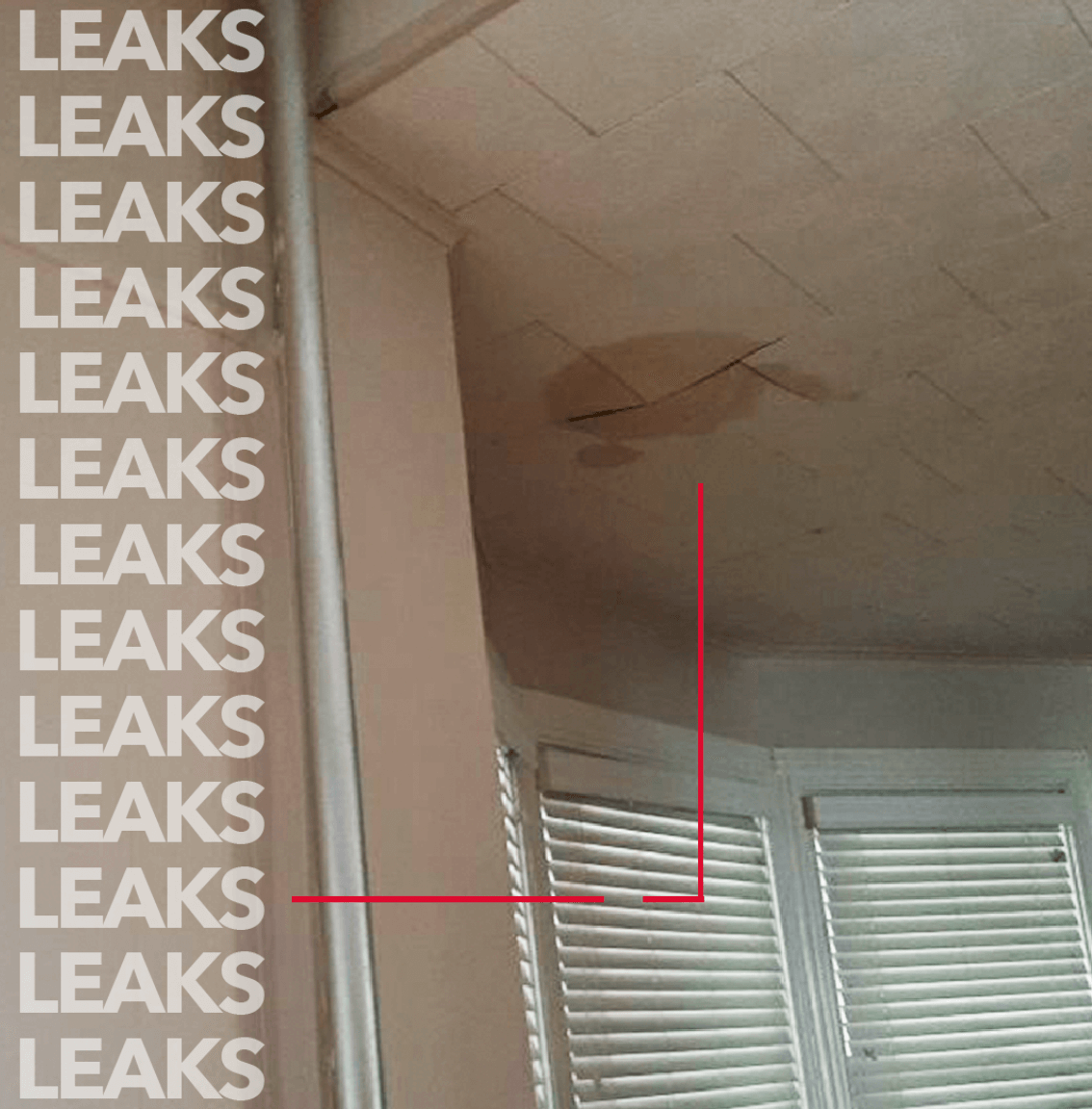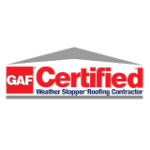
How do I know my home has MOLD?
Mold can be a common issue in homes and although it isn’t always dangerous, it can cause structural damage to the house and it can negatively impact your health when left untreated and undetected. The best thing to do if you know or suspect that there’s mold in your living area is to address the problem as soon as you can and call for a home inspection.
If you’re finding yourself getting more nosebleeds than usual, it could be a sign that there’s a serious mold issue in your living space. Frequent nosebleeds, you may also want to visit your doctor for further exams.
Here are some signs that might indicate that you have mold in your home.
- Allergic Symptoms from Mold
Allergic reactions to mold spores can include sneezing, runny nose, itchy eyes, and skin rashes. These symptoms may arise when a person is in a mold-contaminated environment.
- Smelling a Mold Odor
Mold has a specific musty odor that can be quite unpleasant. Once you detect this scent in your home, it’s likely that mold is present and may require professional removal.
- Seeing Signs of Mold Growth
Visible signs of mold growth can include black or green spots forming in corners, on walls, or in other damp areas of the home.
- Signs of Water Leaks
Water leaks often create the perfect breeding ground for mold. You may notice water stains on your ceiling, walls, or floor, or hear the sound of dripping water coming from somewhere within your walls.
- Past Flooding
If your home has experienced flooding in the past, mold growth is not uncommon. Even with proper cleaning and drying, the aftermath of a flood can allow mold to settle in hidden areas of your home.
- Condensation Toxic Symptoms from Mold
Condensation can accumulate on windows, walls, and pipes in areas with high humidity, creating a damp environment that can lead to mold growth. Toxic symptoms of mold exposure can include headaches, respiratory problems, and fatigue, among others.
In conclusion, mold can be a serious issue for homeowners, as it can cause a wide range of health problems and reduce the value of the property. By learning the common indicators of mold growth, such as musty odors, visible discoloration, and respiratory symptoms, homeowners can take proactive steps to identify and eliminate mold. If you suspect that you have mold in your home, don’t wait – take action to address the problem as soon as possible by contacting a professional mold remediation company or using DIY methods. Keep your home safe and healthy by staying vigilant about the signs of mold and taking swift action to address any issues that arise.

















